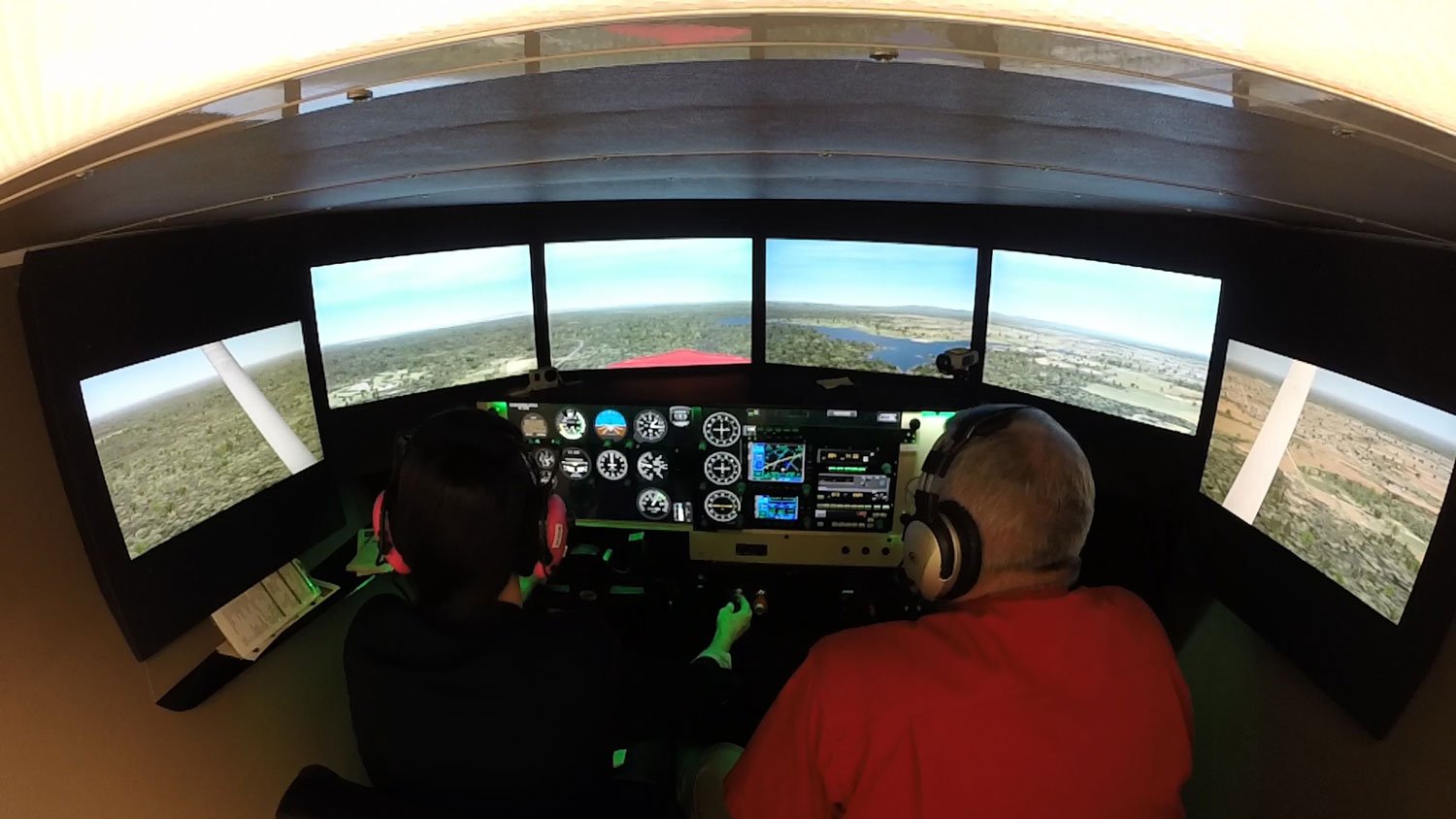Purchasing a Certified Flight Simulator for Personal Use
In a perfect world, every pilot would have a certified training device at home. In a perfect world, my yacht also would be so far off the coast of Ibiza by now that I couldn’t reach a WiFi network to post this article. Yet, here we are: throwing thousands of hard-earned shillings at a certified trainer is rarely an overnight decision, and I’d settle for an airboat ride down the bayou during crawfish season.
As long as that’s the world we live in, there are a few questions you should ask yourself before reaching a little deeper into your pocket to upgrade to a certified training device for personal use.
What are your current and your next training goals?
An honest assessment both of where you stand as a pilot now, and how much further you think you can advance in the next few years ahead, will help you determine the requirements you should have for a simulator.
If you’re just getting started with your flight training, how aggressively are you able to pursue your goals in the immediate future? If you have aspirations of following up your private pilot’s license (PPL) with an instrument rating, then a certified training device could make sense for your training and even your wallet. An entry-level, certified training device—which is a Basic Aviation Training Device (BATD) under FAA rules and regulations—allows you to log 2.5 hours toward your Aeronautical Experience Requirements and 10 hours toward your Instrument Rating (under Part 61). Couple that with the fact that you now can maintain your instrument currency using the same device, and you have a viable use case to entertain the expense. The time you can log, and the proficiency you can develop, through early and repeated use of a BATD can save you money in the long run.
Related Content: Understanding the FAA Approval of Aviation Training Devices
However, this scenario makes a lot of assumptions:
- You have enough cash up front to cover time in the aircraft, time with your instructor, and payment for a certified training device
- You have the time and the skill to advance methodically through ab initio training (which, granted, a certified device will help you if you’re lacking in either of those categories)
- You have even more time and follow-through to advance through your instrument training
If you’re concerned about your cash-on-hand, or you understandably don’t know how long you’ll need to achieve your PPL, then purchasing a more affordable, non-certified device could make more sense for you initially. All-in-one simulators and home-built simulators both are capable of developing and maintaining your proficiency—especially for VFR flying. Plus, you also can rent time on your flight school’s certified device when a specific training exercise calls for it. For many student pilots, this is a more reasonable option.
If you already have a PPL and an instrument rating, then maintaining your currency from the comfort of your home might be the biggest appeal of a certified device. Under new regulations, you can perform all the tasks required for your instrument currency—six instrument approaches, holding procedures and tasks, and intercepting and tracking courses through the use of navigational electronic systems—on an aviation training device and without an instructor present. Completing those tasks on a BATD within six calendar months will keep you flying in IMC.
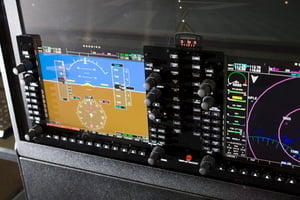 However, beyond currency, BATDs have a lot to offer pilots. Generally, the fidelity of the avionics is the largest difference between uncertified simulators and BATDs. Regulatory bodies like the FAA have thorough expectations for the avionics capabilities of certified training devices. While those expectations drive up the price tag, they also increase the performance capabilities for experienced pilots. Many non-certified devices offer hardware and software that are well-suited for developing familiarity and proficiency with aircraft controls and maneuvers, but certified devices drastically increase the fidelity of the instrumentation. Therefore, you can plan for upcoming flights by using realistic weather settings, navigating to your destination airport, and practicing your instrument approaches.
However, beyond currency, BATDs have a lot to offer pilots. Generally, the fidelity of the avionics is the largest difference between uncertified simulators and BATDs. Regulatory bodies like the FAA have thorough expectations for the avionics capabilities of certified training devices. While those expectations drive up the price tag, they also increase the performance capabilities for experienced pilots. Many non-certified devices offer hardware and software that are well-suited for developing familiarity and proficiency with aircraft controls and maneuvers, but certified devices drastically increase the fidelity of the instrumentation. Therefore, you can plan for upcoming flights by using realistic weather settings, navigating to your destination airport, and practicing your instrument approaches.
Related Content: Navigation Know-How
Is monetizing your device important and practical for you?
Since the device primarily is for personal use, the answer for many pilots is “not at all.” The simulator is destined for a home office and it’ll be used to keep the individual pilot’s skills sharp. However, for others, offsetting the cost of the device—either by renting time on it to other pilots or by eventually reselling it—is an attractive option.
For pilots in the latter category, a certified device makes a lot of sense. Generally, non-certified devices—especially if they’re home-built—have less resale value and they offer fewer prospects for generating revenue from rentals. Certified devices, on the other hand, allow you to quickly make your money back, and even turn a profit, if they’re made available for rent. Plus, especially if the device is under warranty and the manufacturer maintains its certification, simulators that are certified have strong resale value.
However, much like with your flight training, practicality and feasibility are key considerations. Are you willing to put in the time and effort to advertise the use of your device? Do you have access to a public space where pilots can use it? How much will that cost you? For many individual owners of certified simulators, leasing the device to a flight school is an attractive middle ground. They still can profit from the device while reducing the overhead from advertising and facilities.
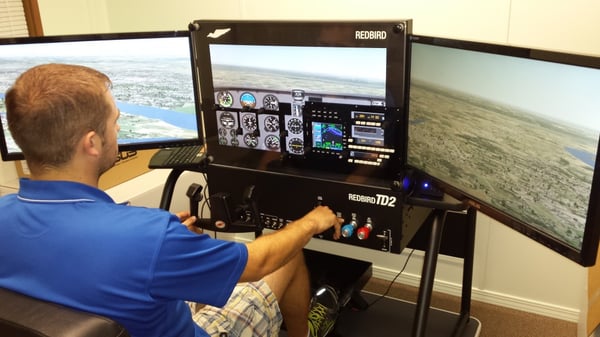
Are you looking for a long-term investment?
It all boils down to that. Non-certified devices can be extremely effective for developing and maintaining proficiency. Generally, they also require less capital investment. However, in the long run, they offer less value if you plan to pursue more advanced ratings or to capitalize on your device as a revenue stream. If you have a long-term plan for how you, and potentially other pilots, will utilize the device to reduce the costs of training and currency, then a certified simulator is a great option.
Do you have additional questions about whether a certified or a non-certified device is best suited for your budget and your training goals? Give us a shout. We’d be happy to walk you through the options that are available to you.
Share this
You May Also Like
These Related Articles
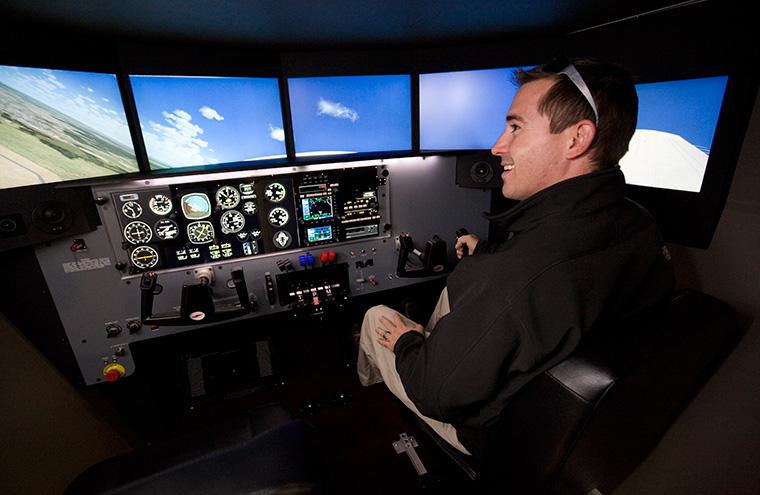
The A to Z of ATDs
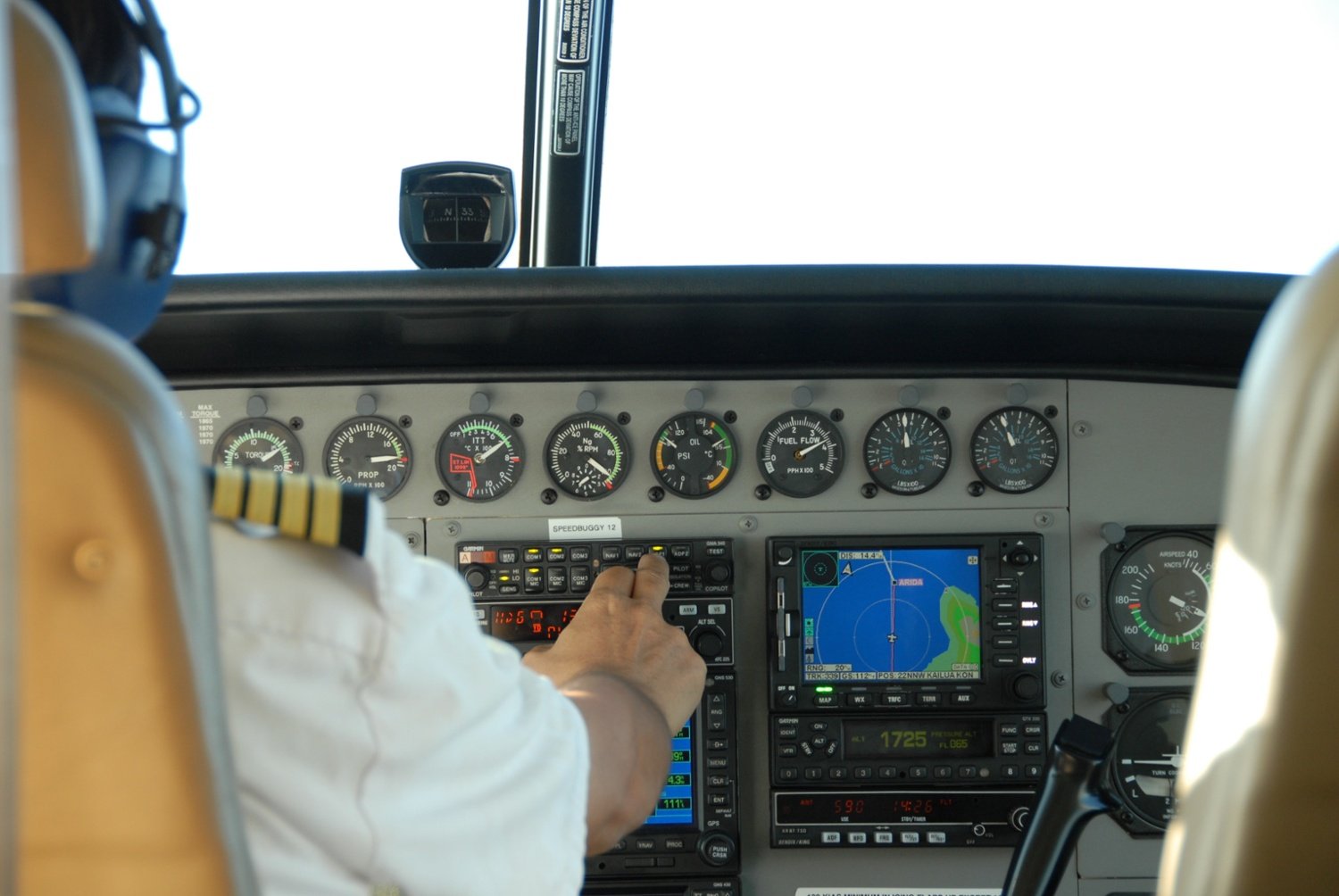
Everything You Need to Know About Instrument Rating Requirements
